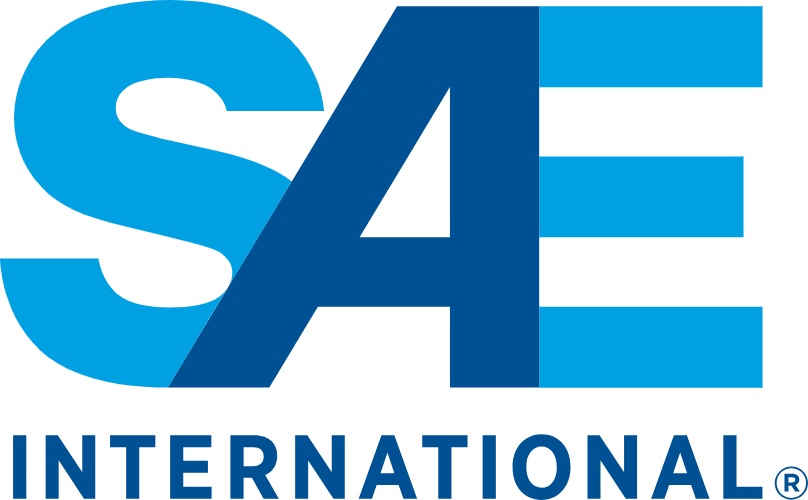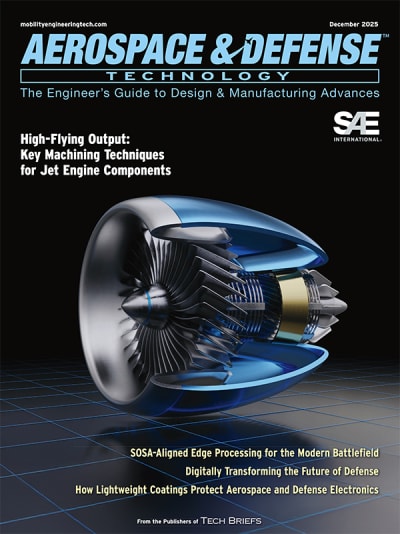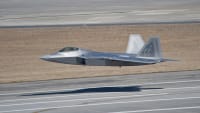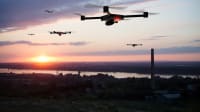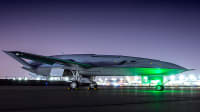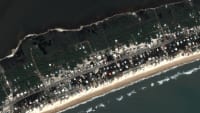Next Phase of the USAF Pilot Training Next Initiative Includes an Open Call for Innovative Solutions
The USAF is willing to spend up to $300K or more for the right set of upgrades and solution trials as it launches the next pilot training cohort.

The United State Air Force (USAF) Air Education and Training Command (AETC) is taking a different look at how people learn and hopes to make a more efficient path for pilots to earn their wings through a new Pilot Training Next (PTN) initiative.
While many are eagerly awaiting news this week regarding the T-X trainer aircraft replacement program decision, the USAF has been actively working on accelerating pilot training though the PTN initiative since February 2018. However, PTN has now evolved into an open call to individuals with backgrounds in aerospace, education, and technology to submit goal training solutions ranging from new ideas to highly-mature solutions that could help the USAF facilitate pilot training. AFWERX , the USAF open innovation platform, is hosting the open challenge.
Read more: T-X down to two main contenders
USAF officials are specifically looking for idea that exemplify the command’s concepts of the “Continuum of Learning,” including blended learning and data-centric facets by using existing and emerging technologies that can decrease the time and cost of training without sacrificing the depth of learning.
The crowd-sourcing method of acquiring novel techniques and technology has been a recent trend; recent examples include Bethesda, Md.-based Lockheed Martin and the Drone Racing League’s creation of the “AlphaPilot Innovation Challenge” and the “AI Innovation Challenge” formed by the United Kingdom Science and Innovation Network (SIN) in Canada, London-based Digital Catapult, Montreal-based Bombardier, and the Consortium in Aerospace and Research & Innovation in Canada (CARIC).
Lt. Gen. Steven Kwast, AETC commander, said the PTN initiative is one way AETC helps make the Air Force more agile, adaptive, and lethal – especially in light of the USAF pilot shortage. Estimates suggest that the USAF requires an additional 2,000 pilots to maintain full operational capabilities.
“AETC is creating a new learning paradigm,” says Kwast. “It is vital we exceed the Air Force’s expectations with action. Creating Pilot Training Next is one step, one milestone, to ensuring America’s Air Force is fueled with the best pilots in the world. We owe it to them to get it right and we will rise to that challenge.
“AETC chose to focus on flying training because of the urgency involved with the enterprise,” he continues. “However, our focus is on how Airmen learn, not necessarily what they learn, exploring technology and how that technology can produce better and faster learning.”
“This is student-centric learning,” says Lt. Col. Robert Vicars, Pilot Training Next initiative director. “We are going to use immersive technology to see how we can help people learn more effectively. This is an initiative to explore whether or not these technologies can help us learn deeper and faster.”
PTN will lean on a variety of technologies, including virtual and augmented reality, advanced biometrics, artificial intelligence, and data analytics – all of which can be used to tailor the training environment to the individual student. The knowledge gained will be used to refine scientific measuring capabilities and teaching techniques.
“The next generation of technology is emerging, so we will rely on current as well as future technologies,” said Vicars. “We are looking at building an intelligent tutor to monitor the students. It will track their biometrics and understand their stress level to optimize the learning environment for the individual and put them under the right amount of stress to create learning.”
The recent invitation to participate is endorsed by senior USAF leaders and states that the USAF is willing to spend up to $300K or more for the right set of upgrades and solution trials as it launches the next pilot training cohort. If proven successful, technologies and solutions adapted now will be the foundation of a total redesign of the USAF pilot training program, which has the potential to reach $100M or more in contracts over time.
This iteration needs to incorporate Federal Aviation Administration (FAA) certification content, debriefing software, scheduling, learning management systems (LMS), adaptive content, and learner-driven experiences.
William Kucinski is content editor at SAE International, Aerospace Products Group in Warrendale, Pa. Previously, he worked as a writer at the NASA Safety Center in Cleveland, Ohio and was responsible for writing the agency’s System Failure Case Studies. His interests include 'literally anything that has to do with space,' past and present military aircraft, and propulsion technology. And also sportscars.
Contact him regarding any article or collaboration ideas by e-mail at
Top Stories
INSIDERDefense
![]() F-35 Proves Nuke Drop Performance in Stockpile Flight Testing
F-35 Proves Nuke Drop Performance in Stockpile Flight Testing
INSIDERMaterials
![]() Using Ultrabright X-Rays to Test Materials for Ultrafast Aircraft
Using Ultrabright X-Rays to Test Materials for Ultrafast Aircraft
INSIDERManufacturing & Prototyping
![]() Stevens Researchers Test Morkovin's Hypothesis for Major Hypersonic Flight...
Stevens Researchers Test Morkovin's Hypothesis for Major Hypersonic Flight...
INSIDERManufacturing & Prototyping
![]() New 3D-Printable Nanocomposite Prevents Overheating in Military Electronics
New 3D-Printable Nanocomposite Prevents Overheating in Military Electronics
INSIDERRF & Microwave Electronics
![]() L3Harris Starts Low Rate Production Of New F-16 Viper Shield
L3Harris Starts Low Rate Production Of New F-16 Viper Shield
INSIDERRF & Microwave Electronics
Webcasts
Energy
![]() SAE Automotive Engineering Podcast: Additive Manufacturing
SAE Automotive Engineering Podcast: Additive Manufacturing
Manufacturing & Prototyping
![]() A New Approach to Manufacturing Machine Connectivity for the Air Force
A New Approach to Manufacturing Machine Connectivity for the Air Force
Automotive
![]() Optimizing Production Processes with the Virtual Twin
Optimizing Production Processes with the Virtual Twin
Power
![]() EV and Battery Thermal Management Strategies
EV and Battery Thermal Management Strategies
Energy
![]() How Packet Digital Is Scaling Domestic Drone Battery Manufacturing
How Packet Digital Is Scaling Domestic Drone Battery Manufacturing
Materials
![]() Advancements in Zinc Die Casting Technology & Alloys for Next-Generation...
Advancements in Zinc Die Casting Technology & Alloys for Next-Generation...
